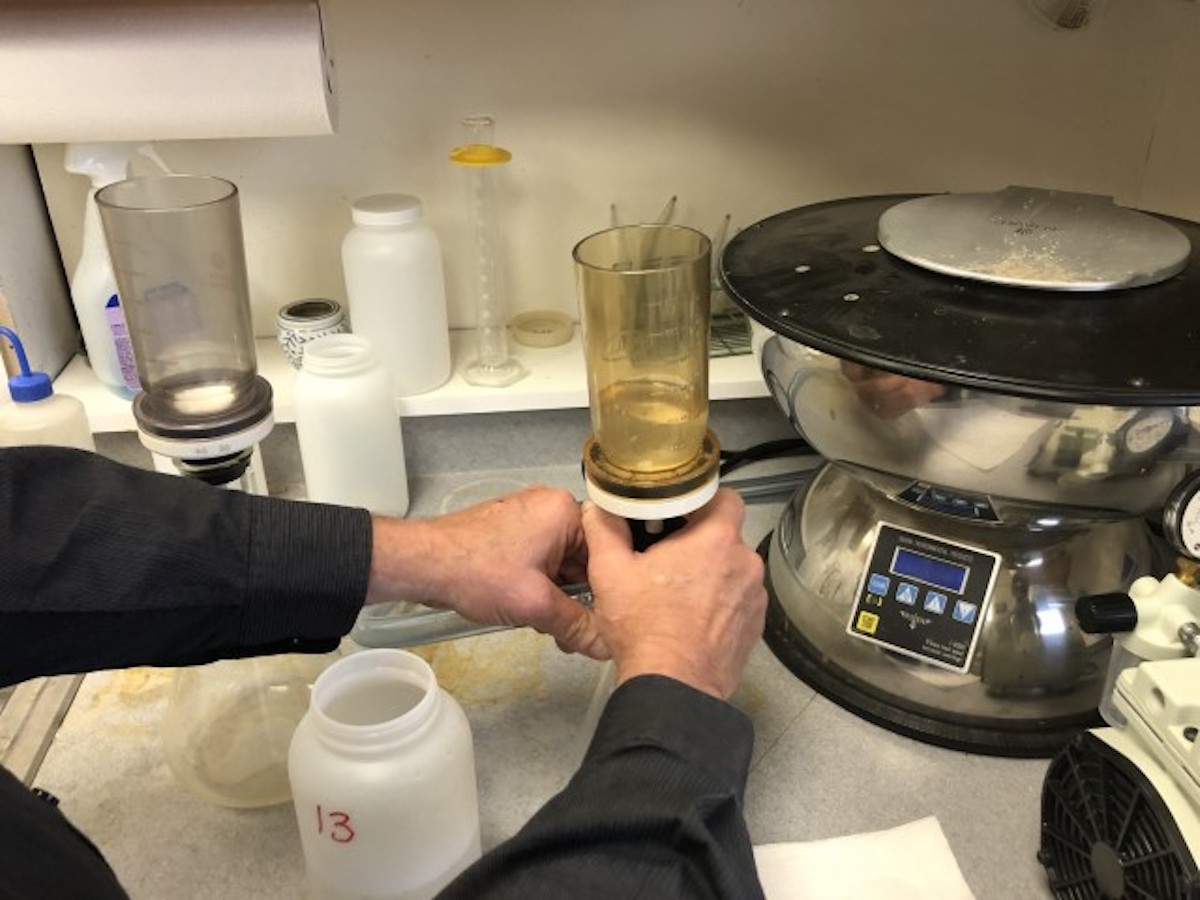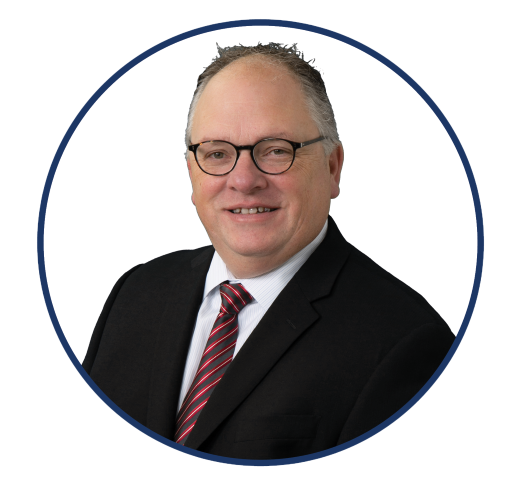How to correct effluent exceedances
The U.S. Environmental Protection Agency (EPA) has established effluent guidelines for wastewater discharged to surface waters. The effluent limits are enforceable parameters that dictate the amount and type of pollutants present in water facilities' discharge, including Publicly Owned Treatment Works (POTWs). Below, we discuss the types of effluent limitations, the consequences of violating effluent limits and how municipalities can correct effluent exceedance.
Types of effluent limitations
Under the Clean Water Act (CWA), effluent limitations are broadly categorized into technology-based effluent limitations (TBELs) and water quality-based effluent limitations (WQBELs). These limits are outlined in National Pollutant Discharge Elimination System (NPDES) permits that establish discharge limits and conditions for discharge from POTWs.
Technology-based effluent limitations (TBELs)
TBELs aim for a minimum level of effluent quality by using the best available technologies to reduce the discharge of pollutants into the receiving body of water. The CWA mandates municipal wastewater treatment plants perform secondary treatment on wastewater before discharge. The secondary treatment standards require POTWs to deploy physical and biological treatment methods to remove biodegradable organics and suspended solids from influent. The EPA has established the following post-treatment limitations on POTW effluent:
Parameter | 30-Day Average | 7-Day Average |
Biochemical Oxygen Demand (BOD) | 30 mg/L (or 25 mg/L CBOD) | 45 mg/L (or 40 mg/L CBOD) |
Total Suspended Solids (TSS) | 30 mg/L | 45 mg/L |
BOD and TSS Removal (Concentration) | Not less than 85% | — |
pH | Within the limit of 6.0-9.0 | |
* Reference: NPDES Permit Writer's Manual
Alternate effluent limitations, known as equivalent to secondary standards, have been also set for wastewater treatment facilities in small communities that use trickling filters or waste stabilization ponds to achieve significant reductions in BOD and TSS.
Water quality-based effluent limitations (WQBELs)
Technology-based effluent limitations are not enough to meet the stringent water quality standards developed by states. Water Quality-Based Effluent Limitations protect the quality of the receiving water by ensuring the treated wastewater meets the state-specific water quality standards. Water quality-based effluent limits include:
- Ammonia limits.
- E. coli limits.
- Total nitrogen and phosphorus limits.
State-specific water quality standards are reviewed at least once every three years and revised as needed. For POTWs receiving industrial discharges, the NPDES permit might include effluent limits for various metals, such as copper, chromium and lead.
POTWs that fail to meet NPDES treatment program implementation requirements and violate effluent limits could face legal actions and penalties.
Consequences of effluent exceedance
The Effluent Limit Exceedances Report is a comprehensive database of effluent exceedance violations by wastewater treatment plants under the NPDES permit program. The report provides details about the total number of instances of effluent exceedances, exceedance counts by pollutant and other information on POTWs. The report is instrumental in the EPA's enforcement actions against the non-complying POTWs. It also records whether wastewater treatment programs adequately limit effluent levels per the NPDES permit.
Depending on the extent of the violation, the EPA may issue a traditional compliance administrative order, assess an administrative penalty or initiate a civil judicial action against potential violations of effluent exceedance by POTWs. Municipalities might be subject to civil penalties of up to $25,000 for each violation of effluent exceedance or could even face criminal enforcement from the EPA.
To avoid such enforcement actions, municipalities need to take a proactive approach to correct effluent limit exceedances.
Correcting effluent limit exceedance
To avoid effluent exceedance violations, a municipality first needs to consider how local population growth determines the design capacity of a POTW. Greater demand on wastewater treatment infrastructure can quickly overwhelm capacity.
If infrastructure fails to achieve the desired water quality standards, the POTW can either implement additional treatments to meet the required effluent limits or consider retrofits and upgrades.Implementing additional wastewater treatment methods
Wastewater treatment plants must often refine their treatment methods to remain in compliance with revised standards. For example, to avoid ammonia exceedance, POTWs with lagoon-based systems have adopted innovative methods such as:
- Covering aerated lagoons.
- Adding a polishing reactor.
- Deploying a Submerged Attached Growth Reactor (SAGR).
Similarly, treatment plants seeking to meet stringent E.coli limits in wastewater have accomplished this goal through improved chlorination or UV disinfection.
Retrofitting or upgrading a wastewater treatment plant
Treatment plants with an average design flow of more than 1 million gallons per day may be required to comply with new effluent limits for total nitrogen and total phosphorus. Retrofitting or upgrading a wastewater treatment plant can prove to be an effective way to meet required effluent standards. POTWs retrofitted with Integrated Fixed Film Activated Sludge (IFAS) can significantly improve Biological Nutrient Removal (BNR) efficiency while avoiding the extra cost of adding coagulants. Treatment plants that have unused tanks may be able to place these tanks back in service as anaerobic or anoxic reactors. Treatment plants with excess nitrification capacity may be able to create unaerated zones for biological nutrient removal.
Whether it is retrofitting a POTW or adopting new treatment technologies, municipalities need professional expertise to determine the most effective measure to correct effluent limit exceedances. The team of licensed engineers, environmental consultants and operators at Fehr Graham can help you devise environmentally compliant and cost-effective solutions for your local POTW to avoid effluent limit exceedance and improve the water quality of lakes, rivers and streams in your region.
Contact us to learn more about how Fehr Graham can help address the challenges of effluent exceedance by wastewater treatment plants, or call us at 630.897.4651.
Collaborative, Insightful, Results-Driven Solutions
Fehr Graham provides innovative engineering and environmental solutions to help improve the lives and communities of our customers.


